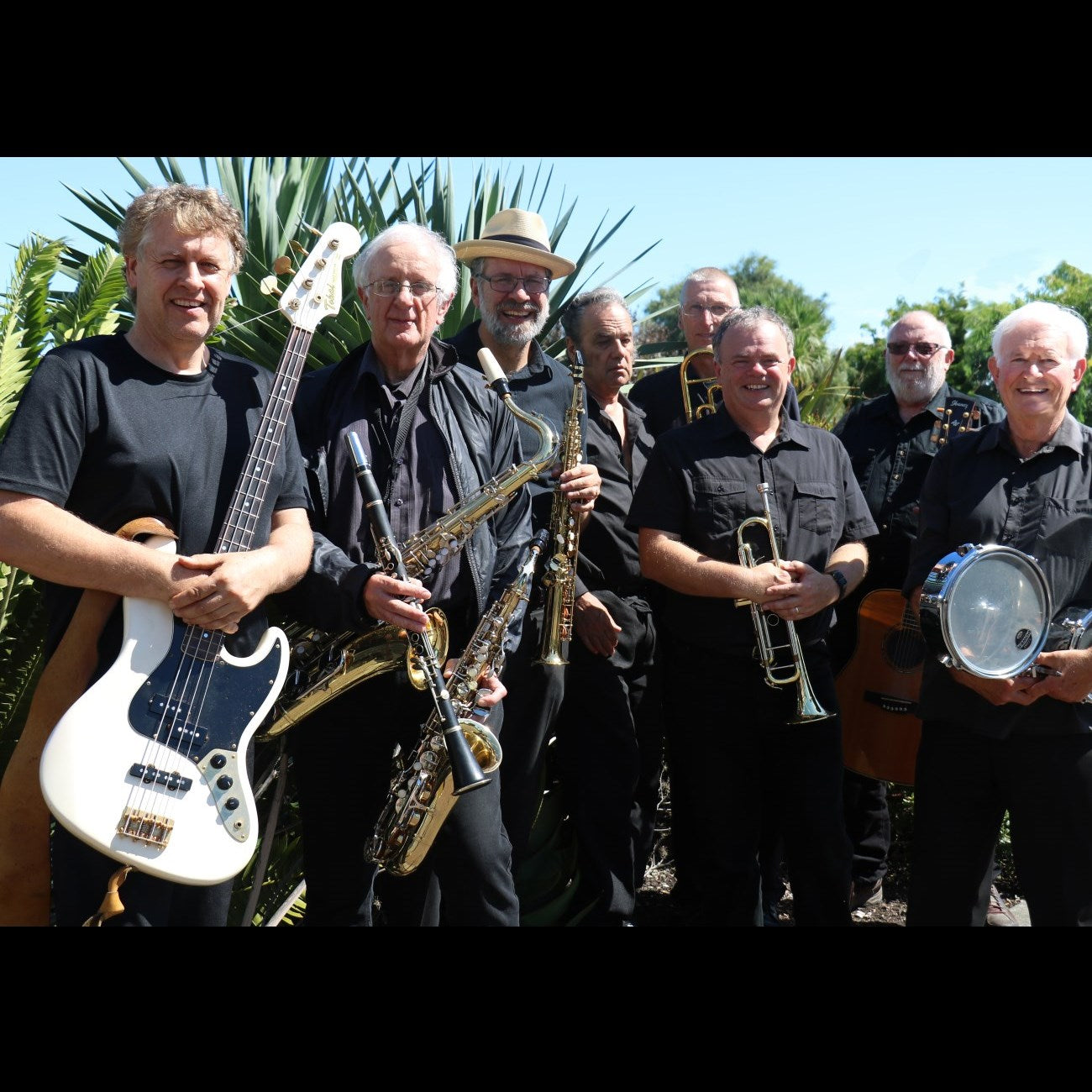
Reflecting their musical diversity and the then-common term ' pop music', for the first few years, particularly in the US, many rock festivals were called 'pop festivals'. It seems fitting… that one of the most enduring labels for the entire generation of that era was derived from a rock festival: the ' Woodstock Generation'." According to Bill Mankin, in their dawning age rock festivals were important socio-cultural milestones: "… it would not be an exaggeration to say that, over a few short years, rock festivals played a unique, significant – and underappreciated – role in fueling the countercultural shift that swept not only America but many other countries. By 1969, promoters were staging dozens of them. The concept caught fire and spread quickly as rock festivals took on a unique identity and attracted significant media attention around the world.

Preceded by several precursor events in the San Francisco area, the first two rock festivals in the US were staged in northern California on consecutive weekends in the summer of 1967: the KFRC Fantasy Fair & Magic Mountain Music Festival on Mount Tamalpais (10–11 June) and the Monterey International Pop Festival (16–17 June). In the United States, rock festivals seemed to spring up with a more self-defined musical identity. However, by the time of the third festival from 25 to 27 August 1967, rock and pop acts had edged out most of the jazz bands and become the main attraction. The 1966 festival still featured mostly jazz acts. Ī similar, though more rapid, evolution occurred with Jazz Bilzen, a solely jazz festival that was inaugurated in 1965 in the Belgian city of Bilzen. In 1965, for the first time the event included more blues, pop and rock acts than jazz, and by 1966, when the event moved to the town of Windsor, the rock and pop acts clearly dominated the jazz artists. The first three of these annual outdoor festivals featured only jazz music, but by the fourth "Jazz & Blues Festival" in 1964, a shift had begun that incorporated some blues and pop artists into the lineup.

For example, the United Kingdom's National Jazz Festival was launched in Richmond from 26 to 27 August 1961.

Initially, some of the earliest rock festivals were built on the foundation of pre-existing jazz and blues festivals, but quickly evolved to reflect the rapidly changing musical tastes of the time. Occasionally, a festival will focus on a particular genre (e.g., folk, heavy metal, world music), but many attempt to bring together a diverse lineup to showcase a broad array of popular music trends. Some festivals are singular events, while others recur annually in the same location. Ten mainstage acts made up the schedule for the 42nd annual Festival, and if there was a connecting thread through this diverse lineup, it was that artistry always came first.A rock festival is an open-air rock concert featuring many different performers, typically spread over two or three days and having a campsite and other amenities and forms of entertainment provided at the venue. "After a 2020 season of virtual performances, the festival returned to an all-star, in-person lineup this year. What more could you ask of a jazz festival?" -All About Jazz READ MORE HERE A continuum the dazzling Tri-C Fest both celebrated and joyously expanded. "It was eclecticism employed in the service of the continuum of the music. His band played with exuberance and swagger." -Cleveland Classical (Review 1 of 3) READ MORE HERE
Steel city jazz festival lineup full#
"After eating a Po’boy from The Dawg Bowl Cajun food truck, I caught the first half of Brian Culbertson’s show in The Connor Palace Theatre. Playing to a packed house of enthusiastic fans, whom he thanked for their love and support throughout his career, he put on an excellent show full of lights and well-designed choreography. "The Tri-C JazzFest did a fantastic job of ensuring that those who arrived with open ears, discovered at least one artist who they fell in love with." -All About Jazz (Part 2) READ MORE HERE The educational component also returned with vigor as the additional Next Gen Stage hosted many student ensembles." -All About Jazz (Part 1) READ MORE HERE In customary fashion, local acts held forth on the outside stage, while ticketed concerts took place inside at the various theaters. After a two-year hiatus, all activity recently shifted back downtown for an inspired return to form. "Like with most festivals, the pandemic put the kibosh on the event's usual format.


 0 kommentar(er)
0 kommentar(er)
